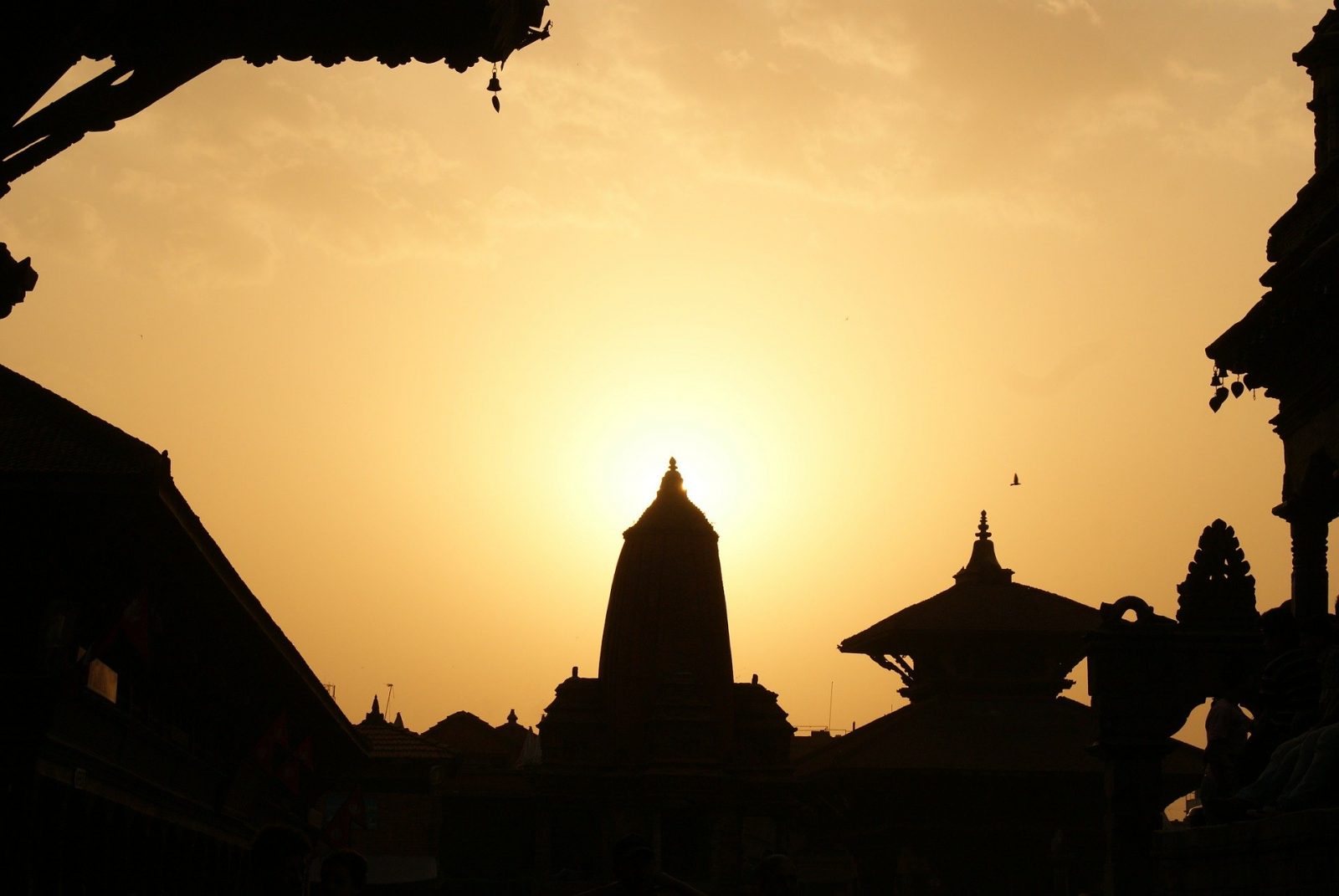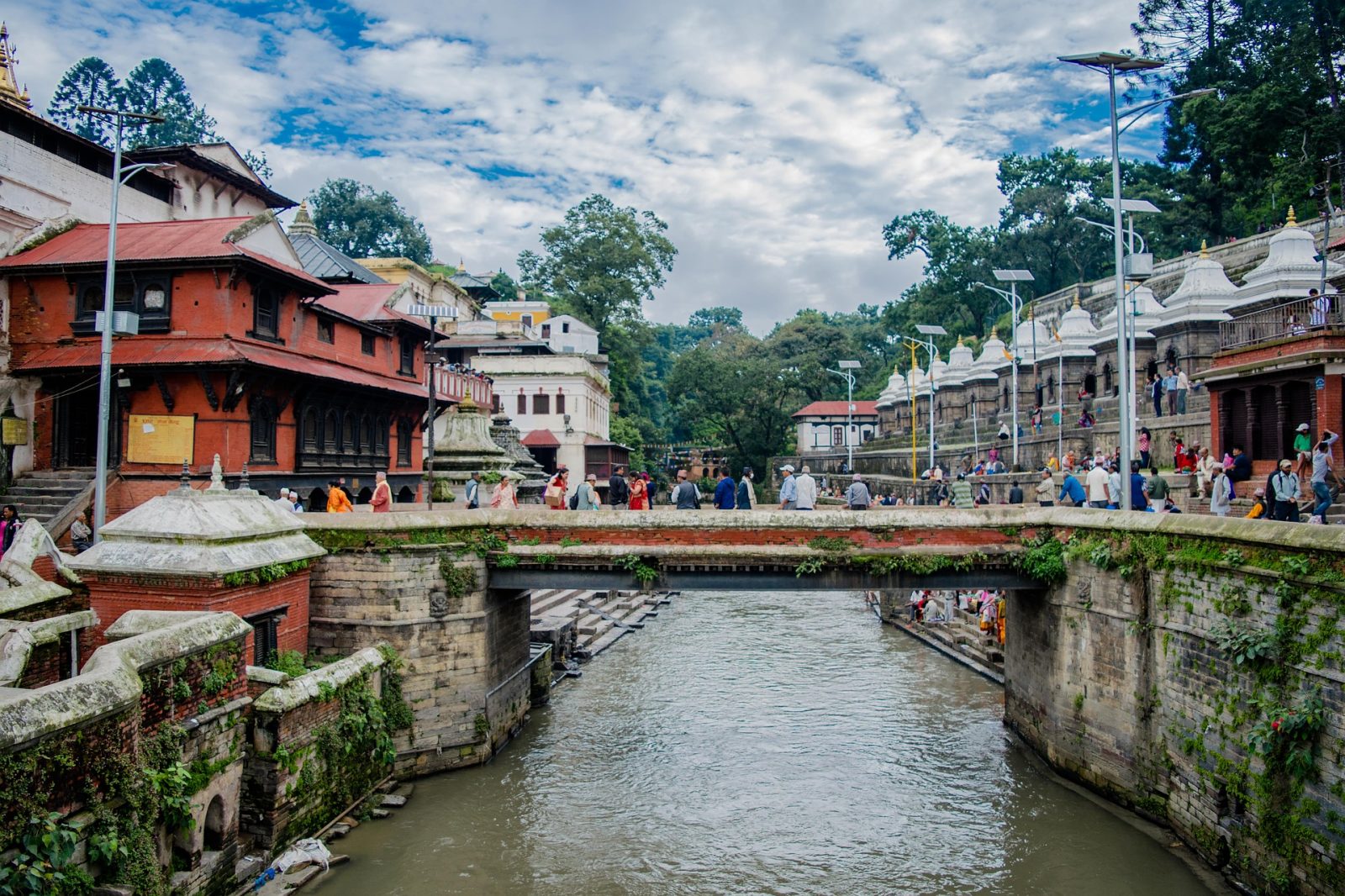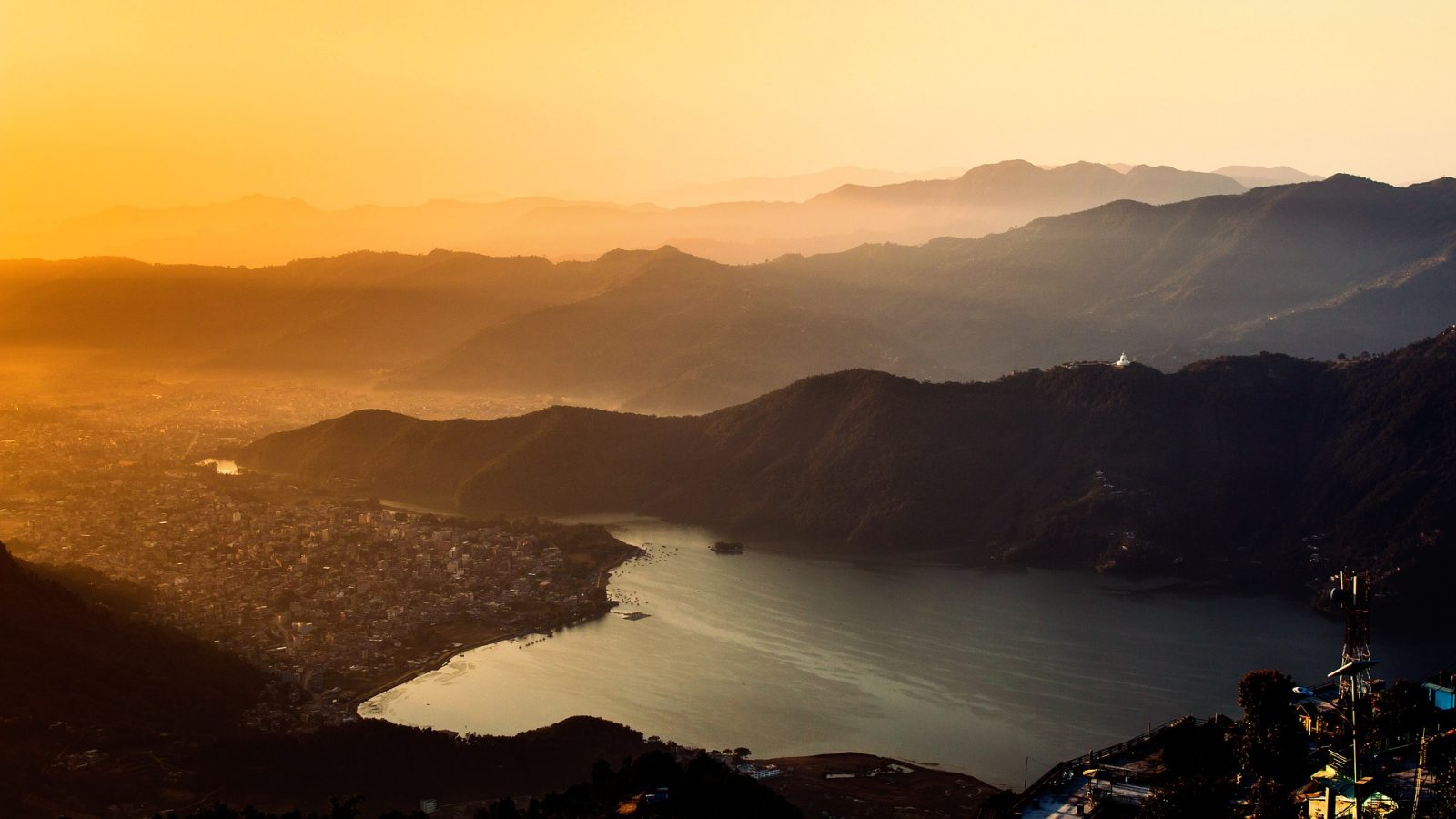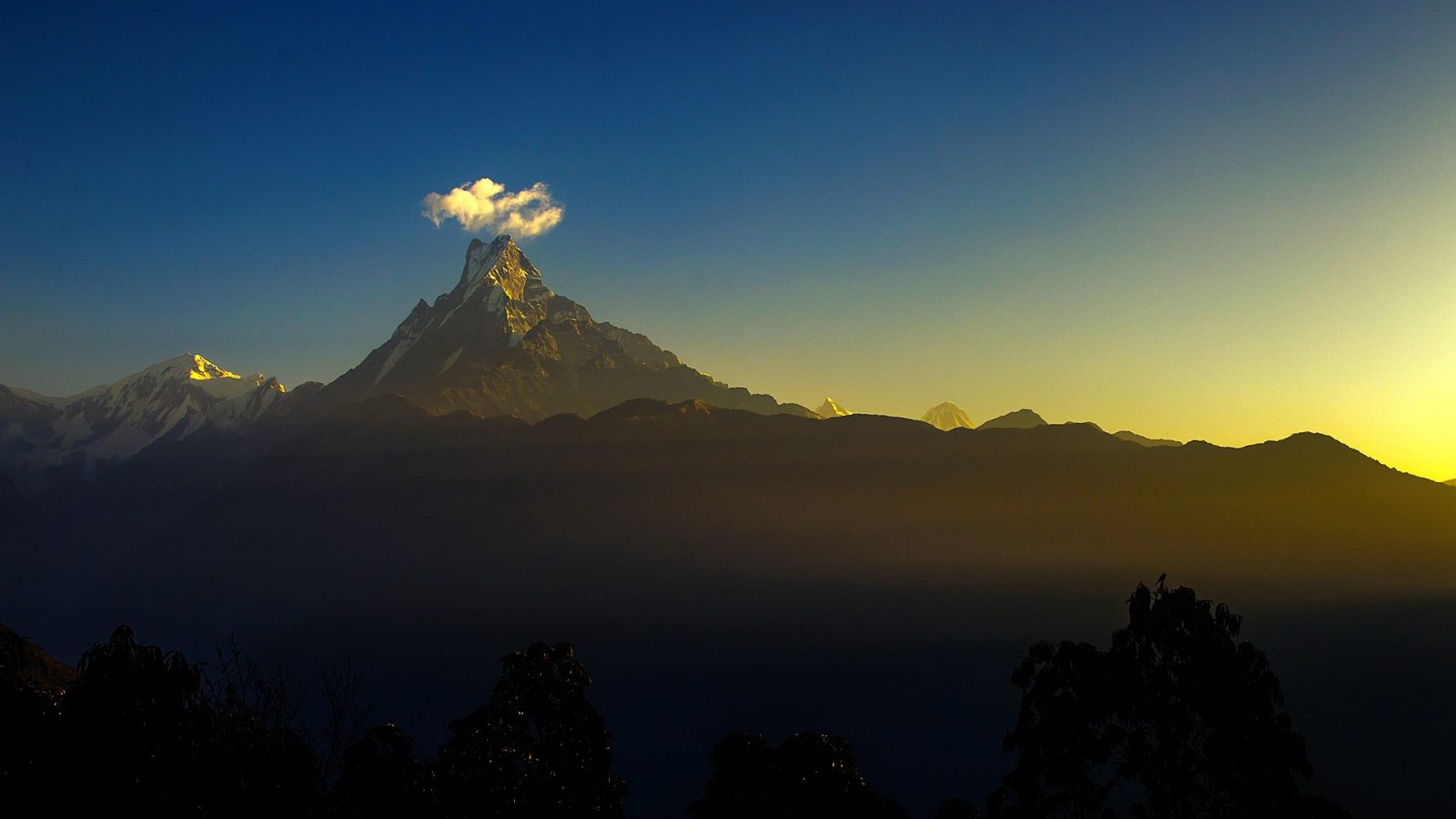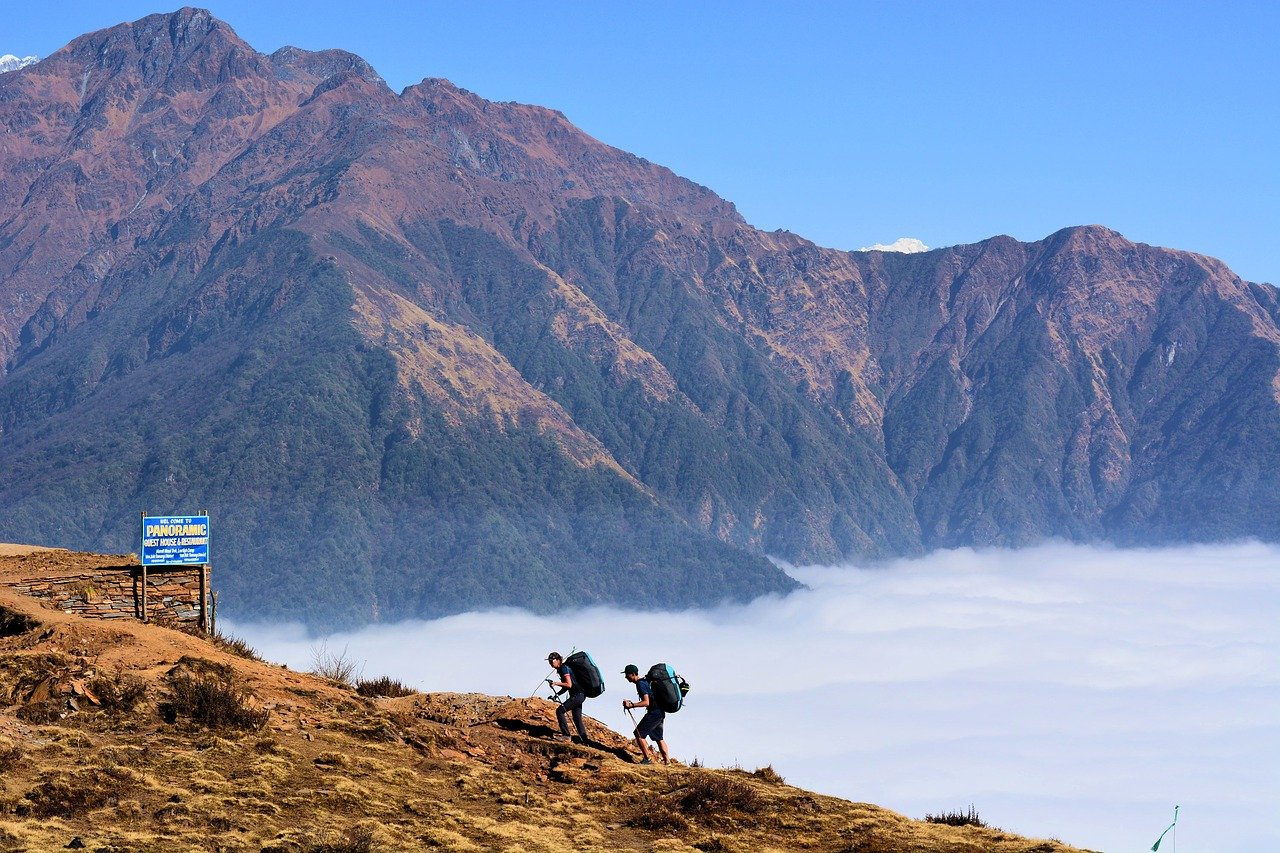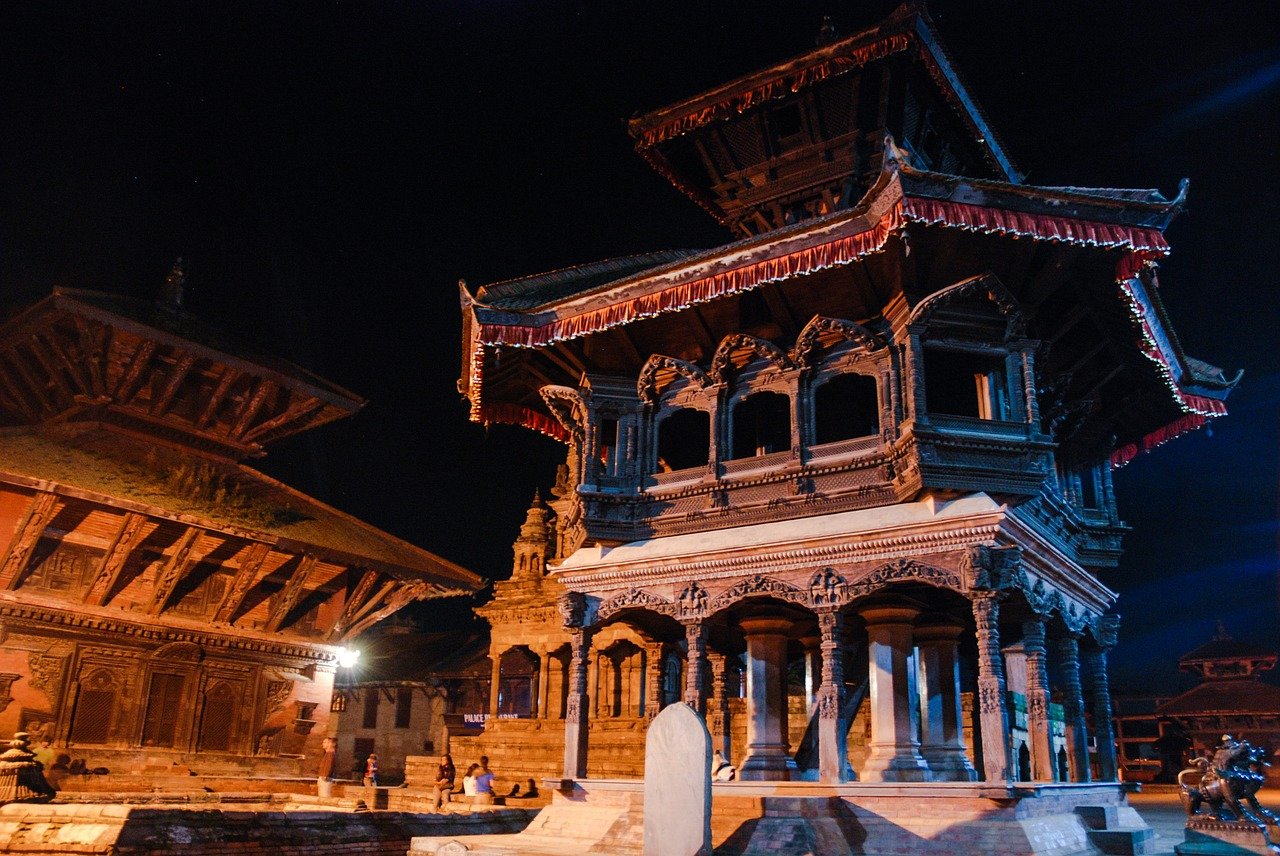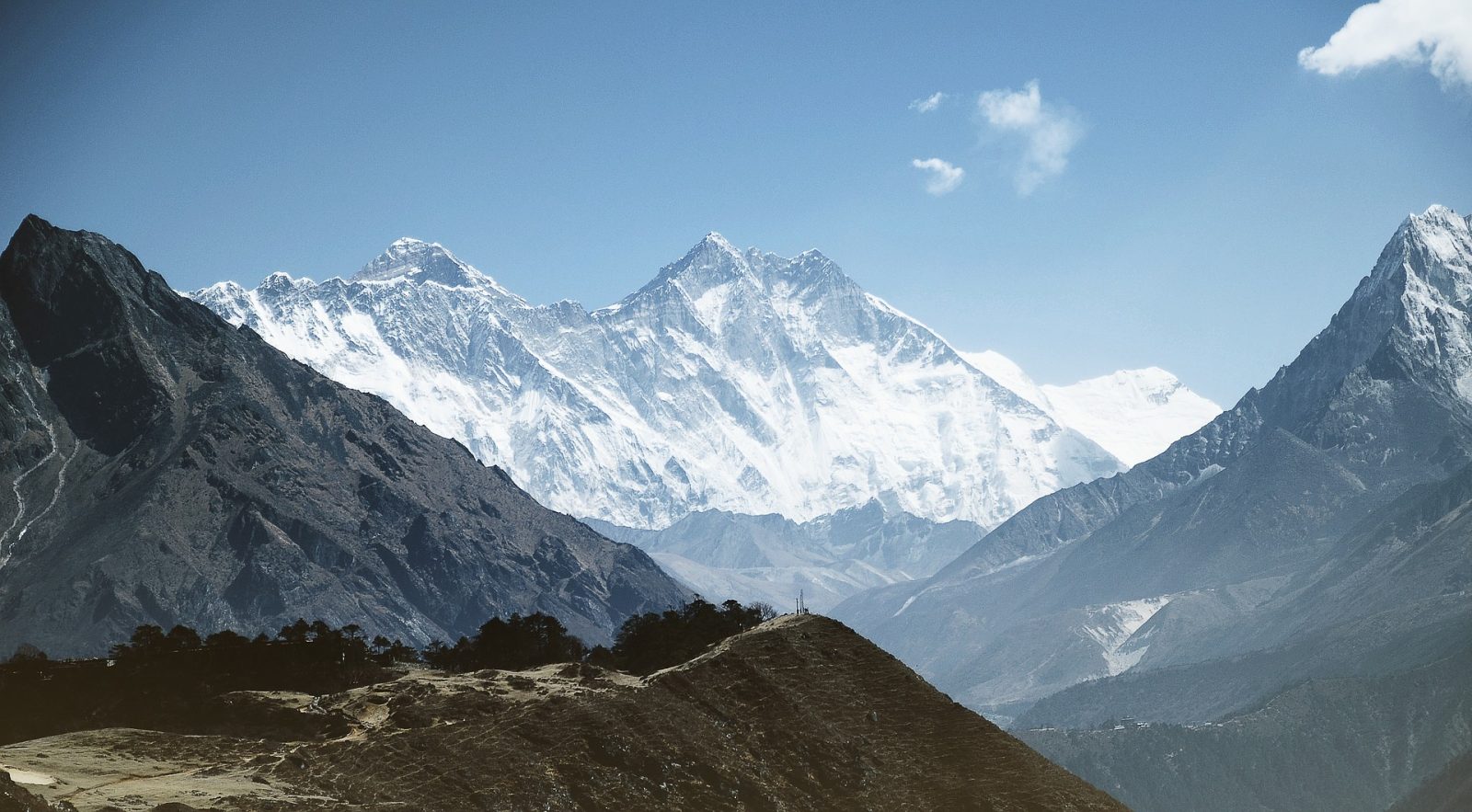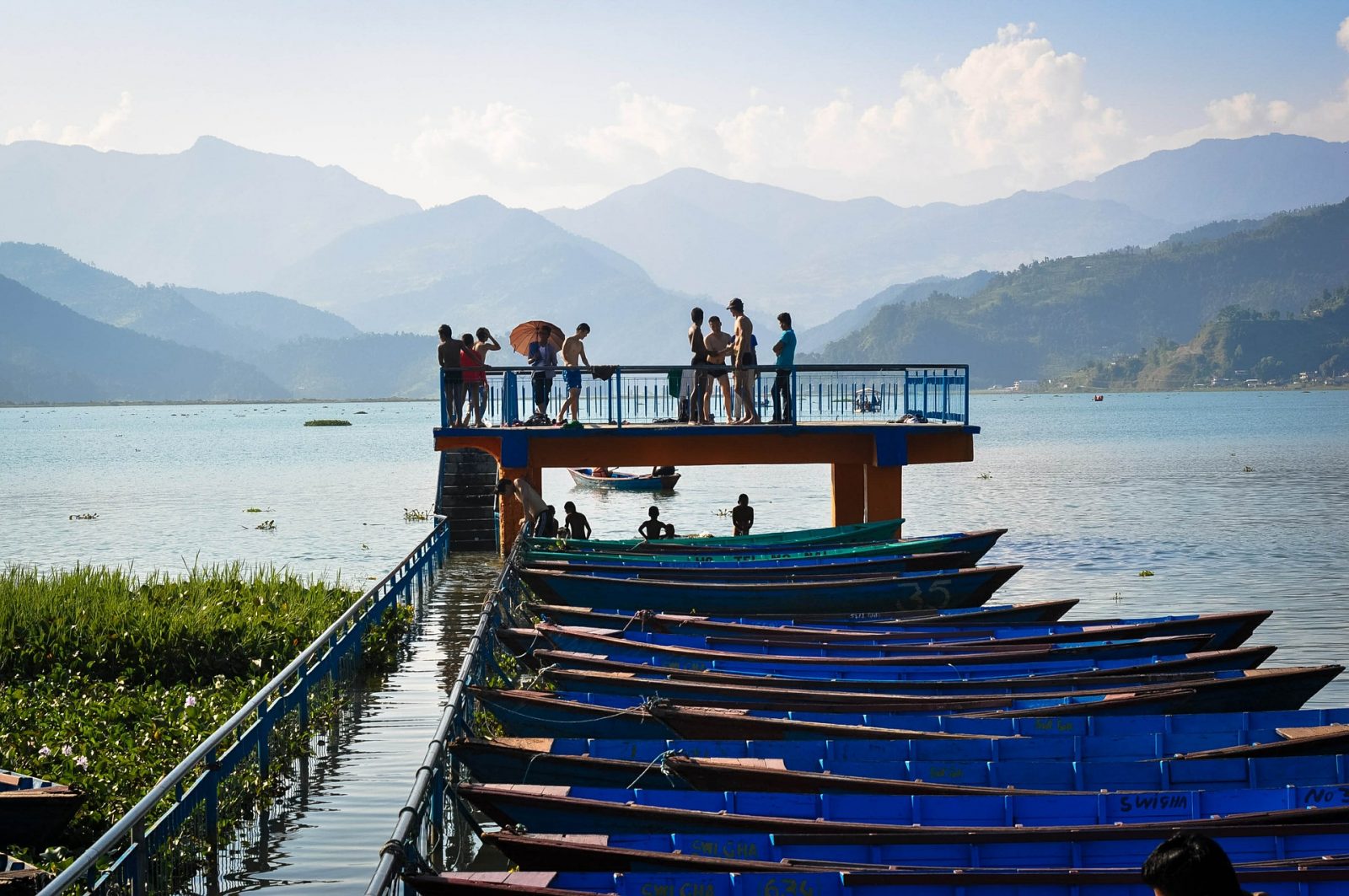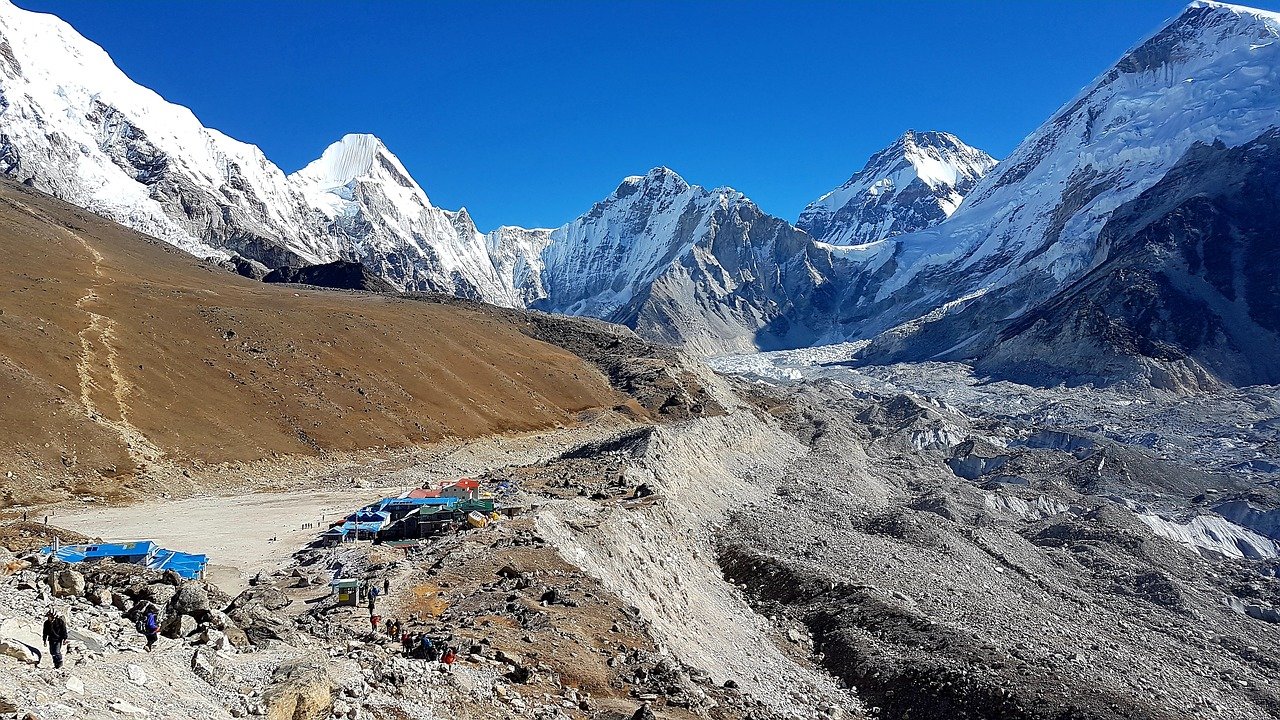Why is Gosainkunda a perfect destination for a short trek?
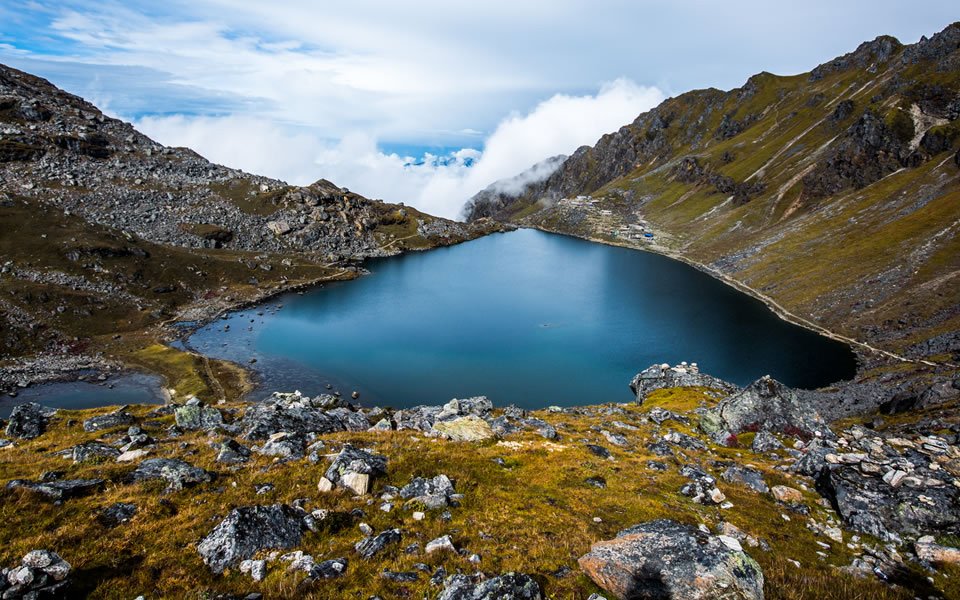
Among the Short treks in Nepal, Gosainkunda trek has earned its place among the top. The accessibility, trail routes, topographical variations and a circuit trek are few of the many reasons in making Gosainkunda a perfect destination for short trek.
Gosainkunda lies in the north of Kathmandu Valley in the Langtang region. Although widely affected by the earthquake in 2015, the trail of Gosainkunda has now been restored and is available for the trekkers. Gosainkunda is a high-altitude lake in Langtang region, which is mostly referred by the Hindu pilgrims as the holy place where Lord Shiva drank water from. The place is flocked on by both domestic and international tourists during the month of August on the day of Janai Purnima. Without further ado, let’s see what makes Gosainkunda a perfect short trek.

Superb view of Himalayas
Gosainkunda Trek is the kind of trek where you can get the Fantastic views of Himalayas in short initiation of the trek. The superb views of Mt. Ganesh, Manaslu and Annapurna will be along your side when you are on this trek. After you reach Laurebinayak on your 2nd or 3rd (depends on from where you’ve started your trek), you will be setting your eyes on the breathtaking series of Mountains which includes Annapurna, Manaslu, Ganesh Himal, Langtang Lirung and many other Tibetan Mountains. It will be even better to capture these magnificent Himalayas on your camera during sunrise and sunset.
The pious Gosainkunda
The main highlight of the trek as the name denotes is the calm Gosainkunda Lake. The lake Gosainkunda is highly regarded as the lakes of gods in Hindu Scriptures. Alongside Gosainkunda, there are several glacier lakes such as SaraswatiKunda and BhairavKunda. The Hindu mythology has mentioned that Lord Shiva had struck his trident in this region to pacify his burning throat after drinking poison. Thus, the glacier triggered by the thrust of Shiva’s Trident formed this holy Lake. Furthermore, Visitors from India and Nepal come for pilgrim bath in Gosainkunda in the month of August.
Sighting of Endangered Animals
Langtang Region has always been listed as the conservation area for two endangered species of animals. The possibility of seeing Red Panda and Snow leopard is high in the Gosainkunda Trek. After reaching Chandanbari, you will pass through the small bamboo shoots on your trek. Here, the reports on sightings of Red Panda has been mentioned by many fellow trekkers. Especially, if you are trekking in the morning and evening, you will have high chances of encountering the enigmatic Red Panda. As for the Snow Leopard, they are often sighted in the region of Phedi and Ghopte where the altitudes are higher than in other regions. There are high chances of seeing Blue Sheep and Other Mountain goats in your trek.
Get to see geographical bio-diversity
The trek starts from a mid-hilly region which includes lush forests and Rhododendron forests. Along the way, you will see a change in the bio-diversity with the inclusion of Juniper and Pine trees. Then you will see the beautiful shrubs and shoots of Bamboos as you ascend. The trek gradually comes to the barren region of the trek where only moraines and rocks will be seen. Here in the moraine area lies the beautiful Gosainkunda Lake.
Opportunity for seeing new culture and lifestyle
The Gosainkunda trek is not only known for the lake but also the tribes and their lifestyle in this region. In the hilly region, you will see the settlements of Tamang people who are indigenous people. As you make your way to the top, you will pass through the Sherpas and Tibetan settlements. Although the flocking of Hindu people is maximum during the month of August, the actual settlers in the region are Buddhists people. It is a great opportunity to see the Buddhist culture with their beautiful Gompas in this trek.
If you have limited time on your hands but want to experience trekking in Nepal the Gosainkunda Trek is the perfect choice for you. Bearing all the qualities of breathtaking views and easy graded trek, Gosainkunda Trek is undoubtedly a perfect short destination for short trek.

